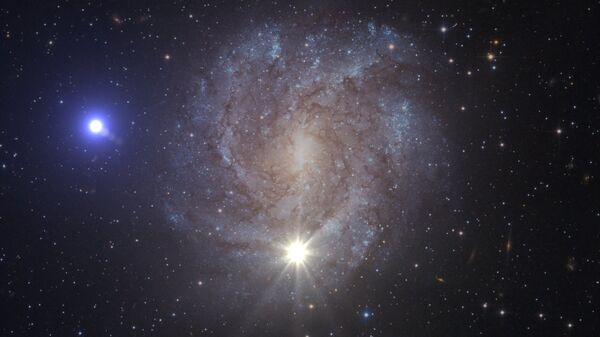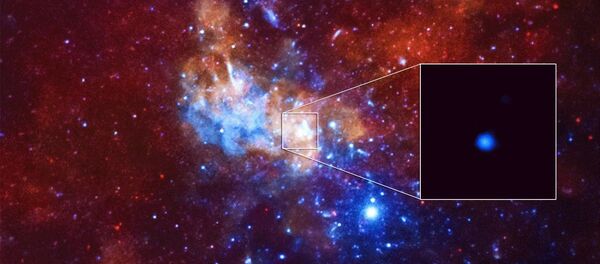The discovery of a unique supernova, which emerged after the explosion of a star, will help astronomers better understand the mechanisms leading to the formation of systems with two neutron stars, according to Science News.
"This is the first of its kind: the first ultrastripped supernova that has been observed," astronomer Kishalay De of Caltech explained.
The supernova iPTF 14gqr, located 930 million light years from Earth, was spotted in October 2014 with the help of the robotic intermediate Palomar Transient Factory.
READ MORE: Gotcha! Amateur Astronomer Captures Exact Moment Of Supernova Explosion
The celestial body is what's known as an "ultra-stripped" supernova; it was created after a massive star's outer layers of gas were slowly siphoned off slowly by a compact companion, such as a neutron star or a black hole.
The celestial body differs significantly from other supernova because its burst of light disappeared after seven days of observation; similar objects typically remain bright for about twenty days.
READ MORE: Ancient Rock Art Found in India Could Be Oldest Depiction of Supernova
Astronomers explained it by the fact that the star had lost a significant proportion of its mass even before the explosion; it was siphoned away, either by a neighboring neutron star or a black hole.


